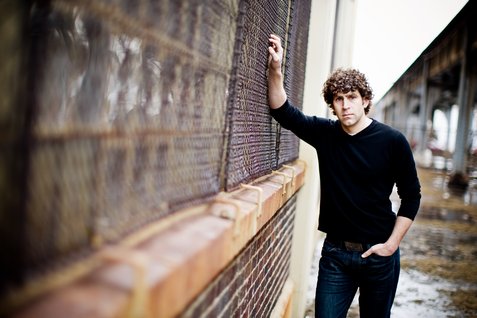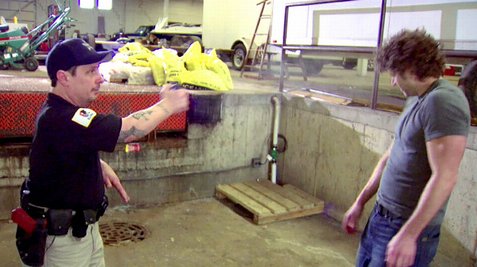Drink of the Week: Between the Sheets
 Last time I was here we were talking about the distinguished history of the Mint Julep and referencing poet John Milton and his rather obscure poem, “Comus” (actually a masque if you want to get technical). Well, you can forget those high flown references this week because we’re getting down and dirty with a classic drink with no such poetic connotations.
Last time I was here we were talking about the distinguished history of the Mint Julep and referencing poet John Milton and his rather obscure poem, “Comus” (actually a masque if you want to get technical). Well, you can forget those high flown references this week because we’re getting down and dirty with a classic drink with no such poetic connotations.
Yes, before there was Sex on the Beach and the Screaming Orgasm there was this week’s bluntly named — at least by prohibition era standards, anyways — libation. On the other hand, it’s also probably a lot more appropriate for Mother’s Day weekend than you might care too think, given that cocktails like this are very often the mother of motherhood, if you will.
Between the Sheets
1 ounce brandy or cognac
1 ounce white rum
1 ounce Cointreau or triple sec
1/2 an ounce (or less) fresh squeezed lemon juice
Combine brandy/cognac, rum, lemon juice, and triple sec or Cointreau in a shaker with lots of ice. Shake vigorously and pour into our old friend, the pre-chilled cocktail glass. Shake, put on some Marvin Gaye, Barry White, Beyoncé, or Perry Como (don’t say I don’t give you people some options) and sip sensuously.
****
Between the Sheets is an unusual drink not only for its pre-1970s salaciousness, but in that it’s in the small but fascinating family of multiple base spirit cocktails with its rum/brandy combo. Admittedly, however, this is not as much to my personal taste as the Saratoga — which features brandy and rye — from a few weeks back, but it will do.
I tried it several different ways but no clear favorite emerged. The version with inexpensive Bols triple sec was not cloying, as some drinks made with it can be. Using the high end triple sec, Cointreau, added a classy but not super-enthralling note of complex bitterness. Both drinks were fine but when I got a bit more experimental and used orange curacao, which I generally tend to prefer to triple sec, the drink became annoyingly super-sweet. Not sexy at all.
It might not be a huge personal favorite of mine, but I encourage you to give Between the Sheets a shot. It’s a tasty enough drink and a reminder of the healthy, natural activity that brought us all into the world so we can enjoy cocktails and feel guilty about not calling our mother’s enough.
Now, a behind the scenes look at the making of the cocktail we call humanity.
You can follow us on Twitter and Facebook for content updates. Also, sign up for our email list for weekly updates and check us out on Google+ as well.
Posted in: Food & Drink, Lifestyle, Vices
Tags: Barry White, Between the Sheets, Bol's Triple Sec, brandy, Burt Reynolds, cocktails, cognac, Cointreau, Comus, Drink of the Week, Everything You Ever Wanted to Know About Sex But Were Afraid to Ask, Happy Hour, John Milton, Marvin Gaye, Mint Julep, Mother's Day, orange curacao, Perry Como, Screaming Orgasm, Sex on the Beach, The Saratoga, Tony Randall, Triple Sec, Woody Allen












